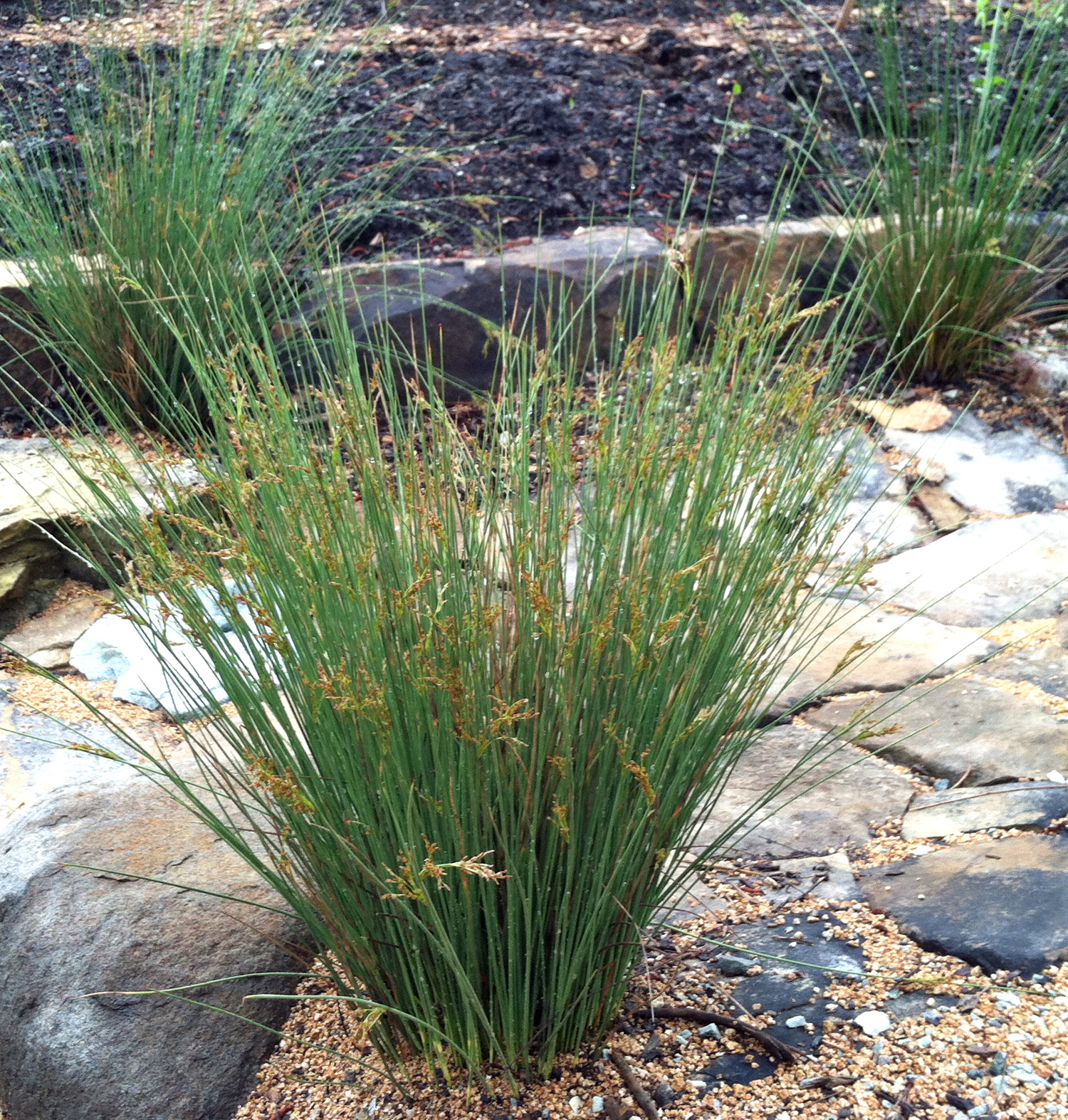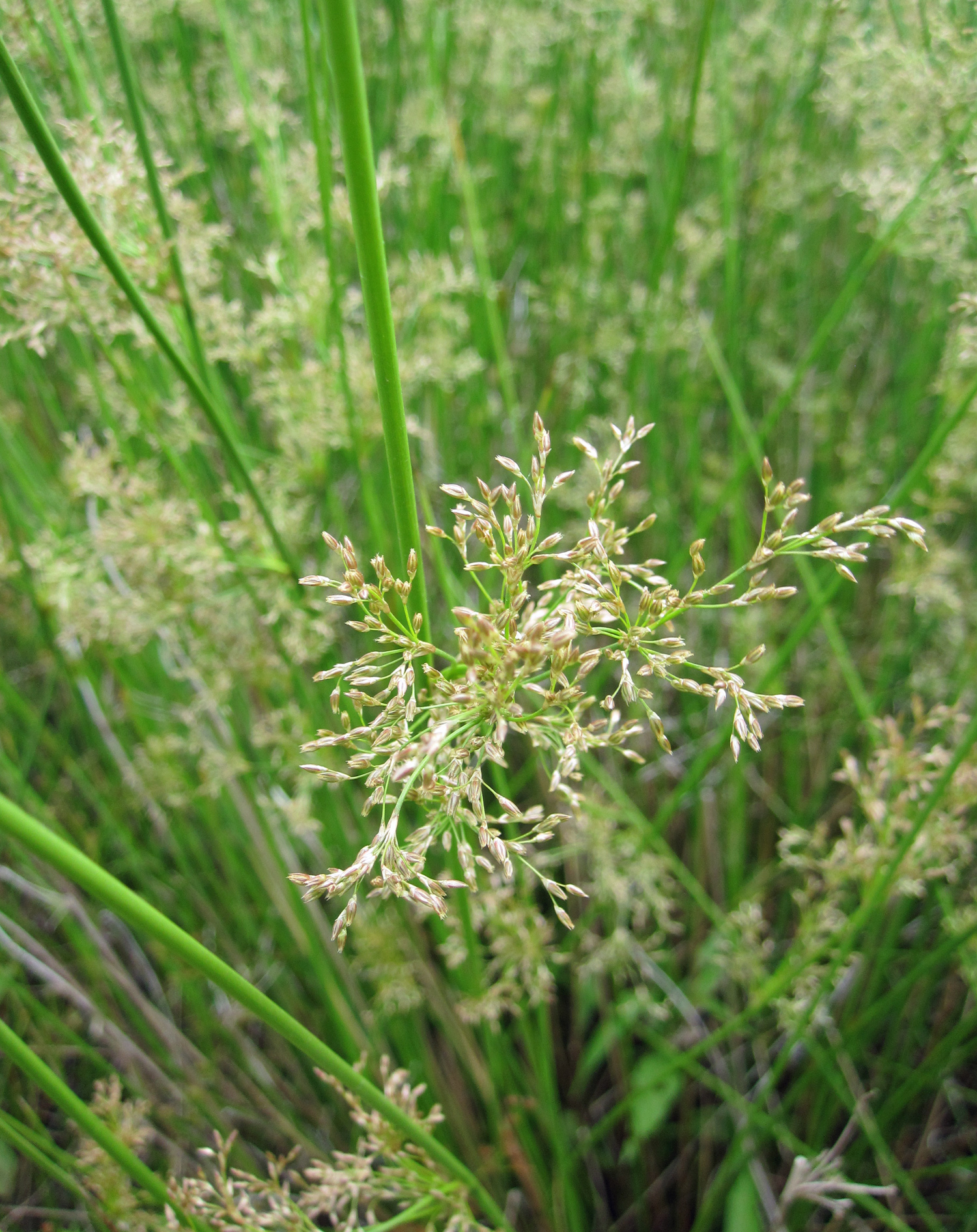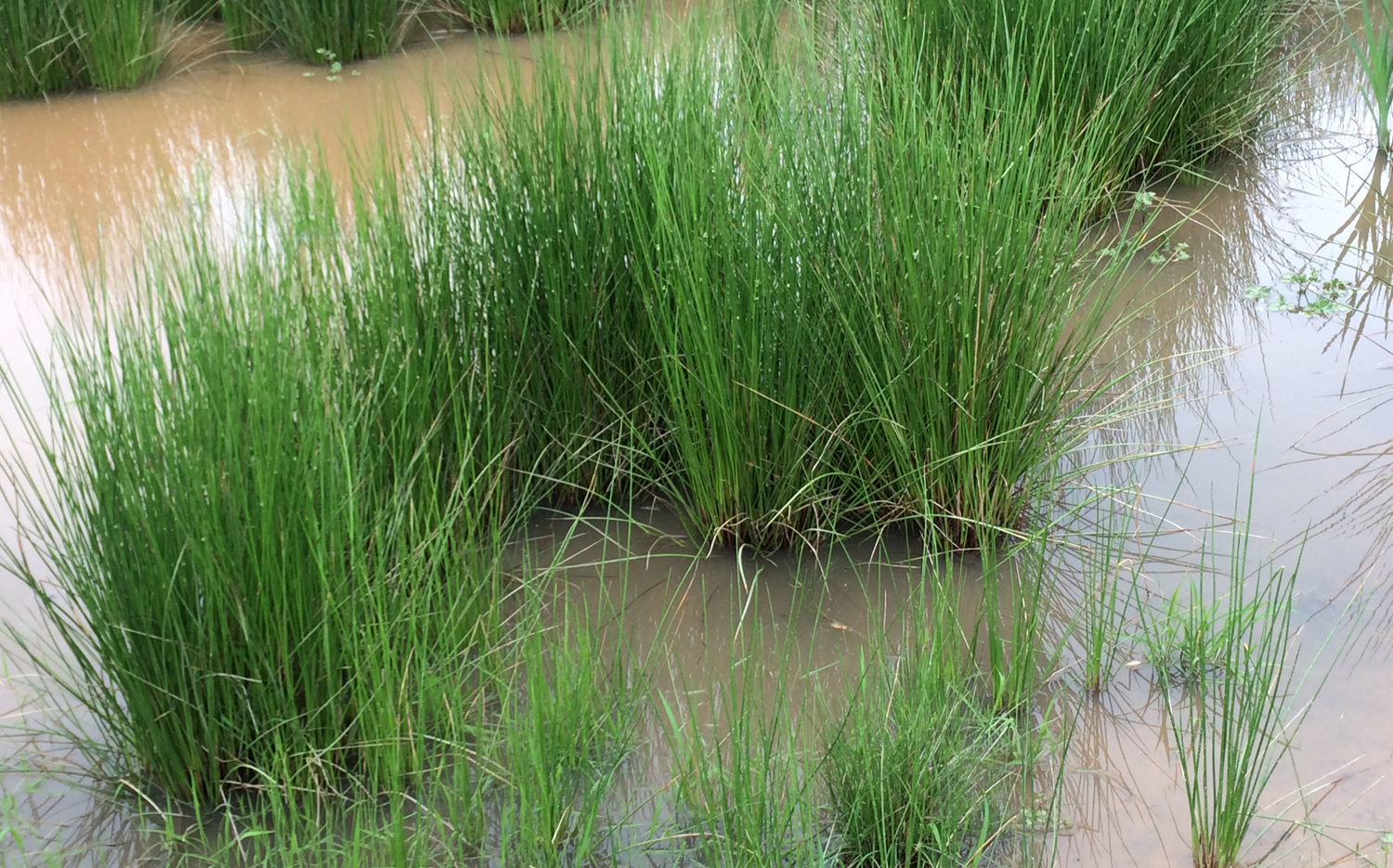Quick Look
Plants in the genus Juncus are known as rushes and reside in the Juncaceae family. Rushes favor the edges of ponds, bogs, and low, moist areas. They do well in boggy soils and are also reliable growers under fluctuating water conditions. Because they can ride out intermittent dry spells, they’re useful for rain gardens and bioretention, and other features where water conditions are variable.
Their understated vertical elegance gives the eye a rest when contrasted with ornamental grasses or flowering perennials. As an architectural element, they add style to modern landscapes and cutting-edge buildings.
Cultivated varieties with twirling and curly stems invite creative designs both in the landscape and in decorative containers.



